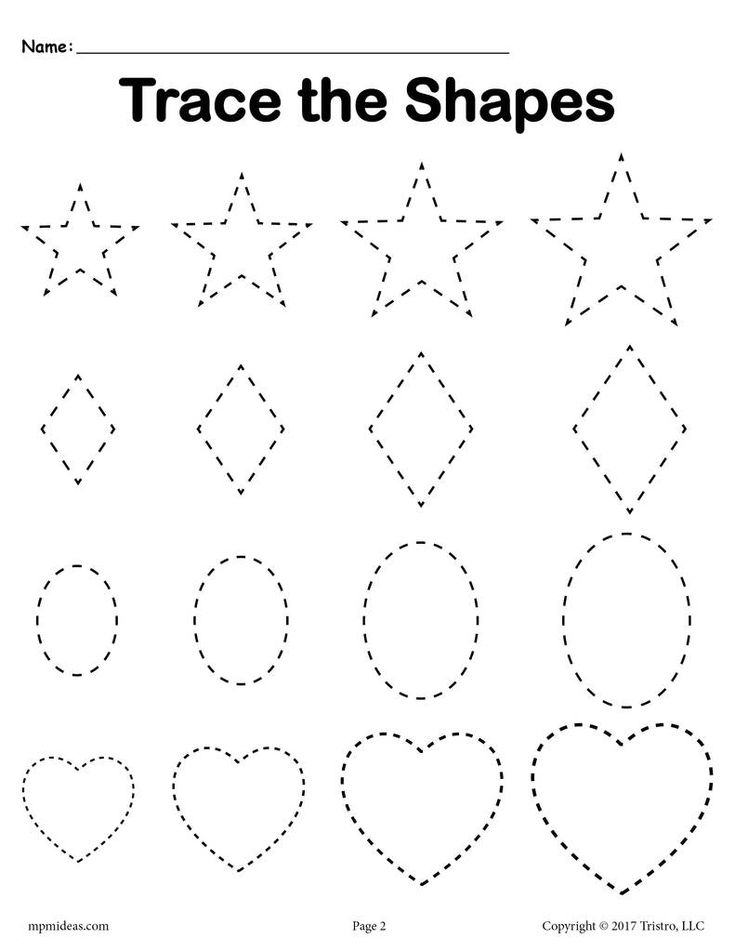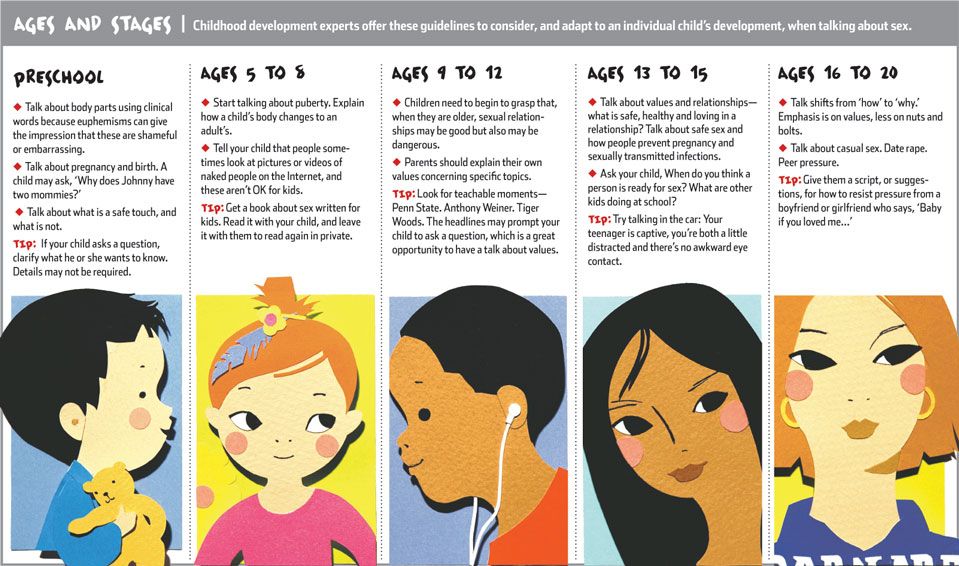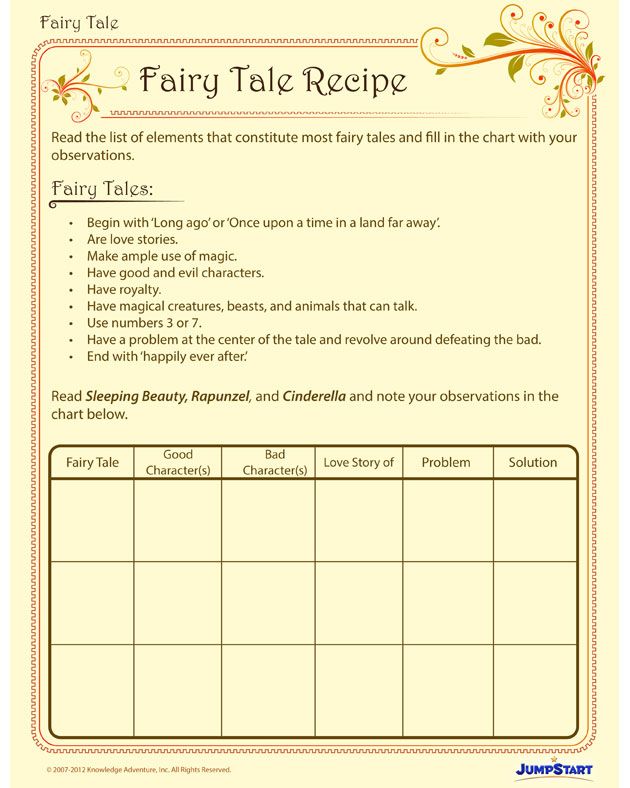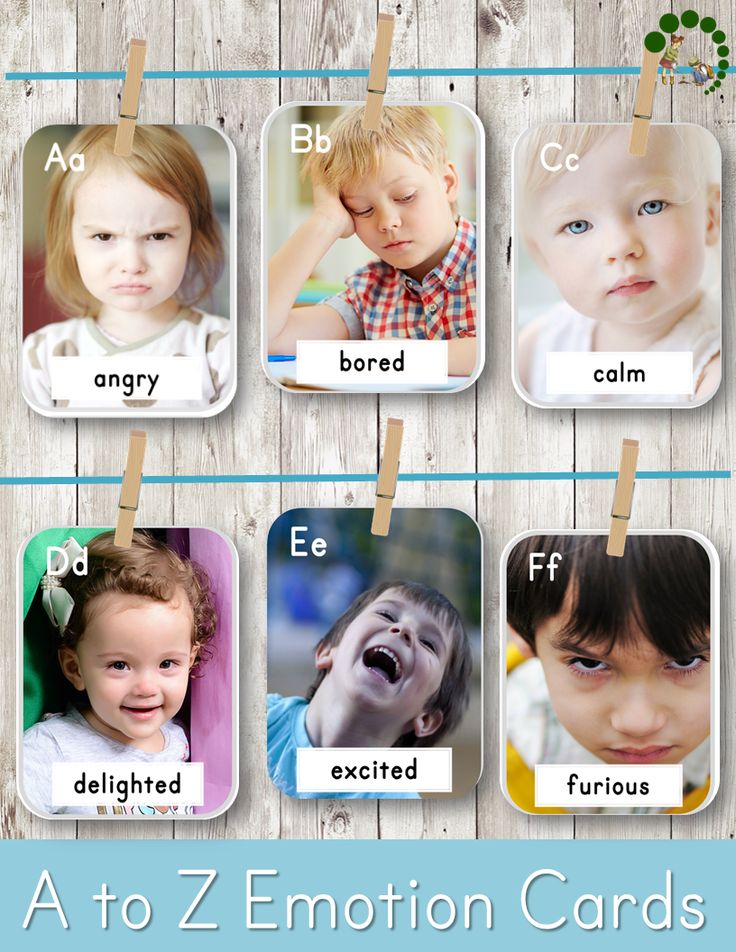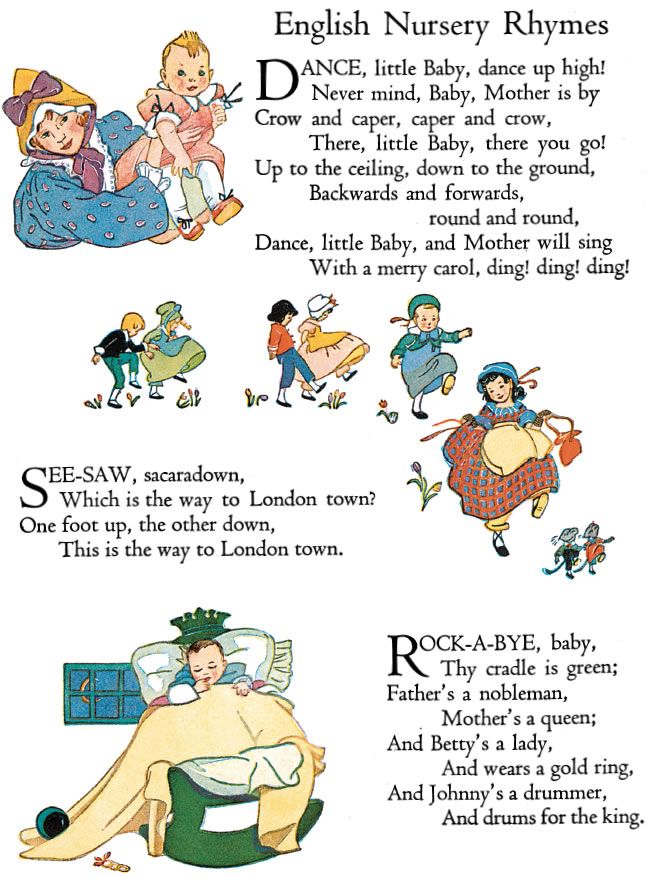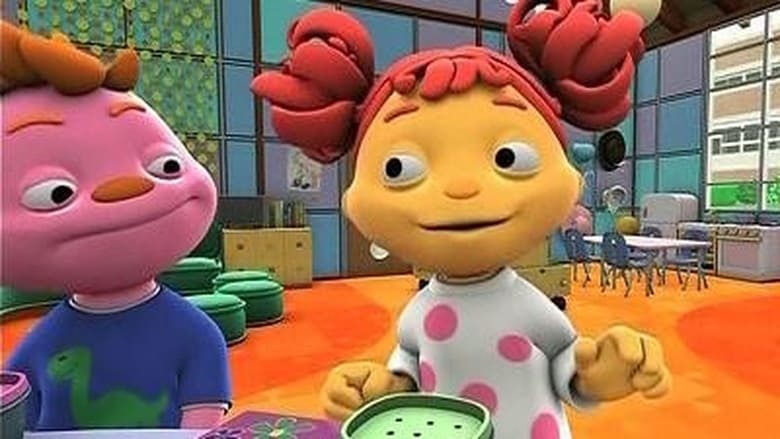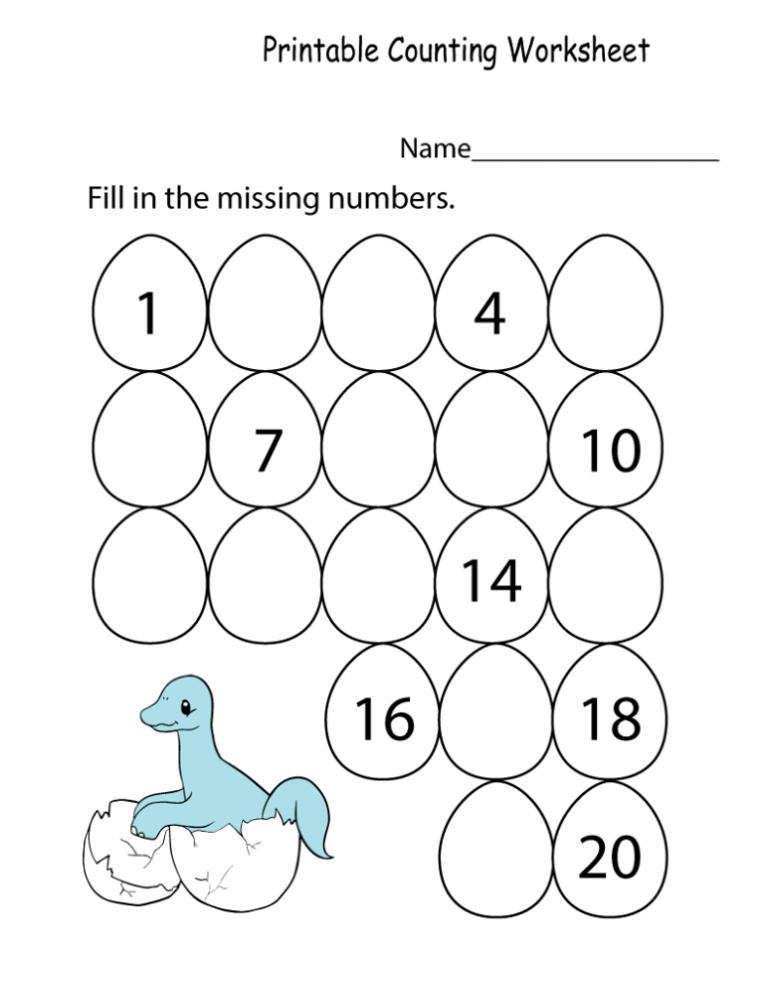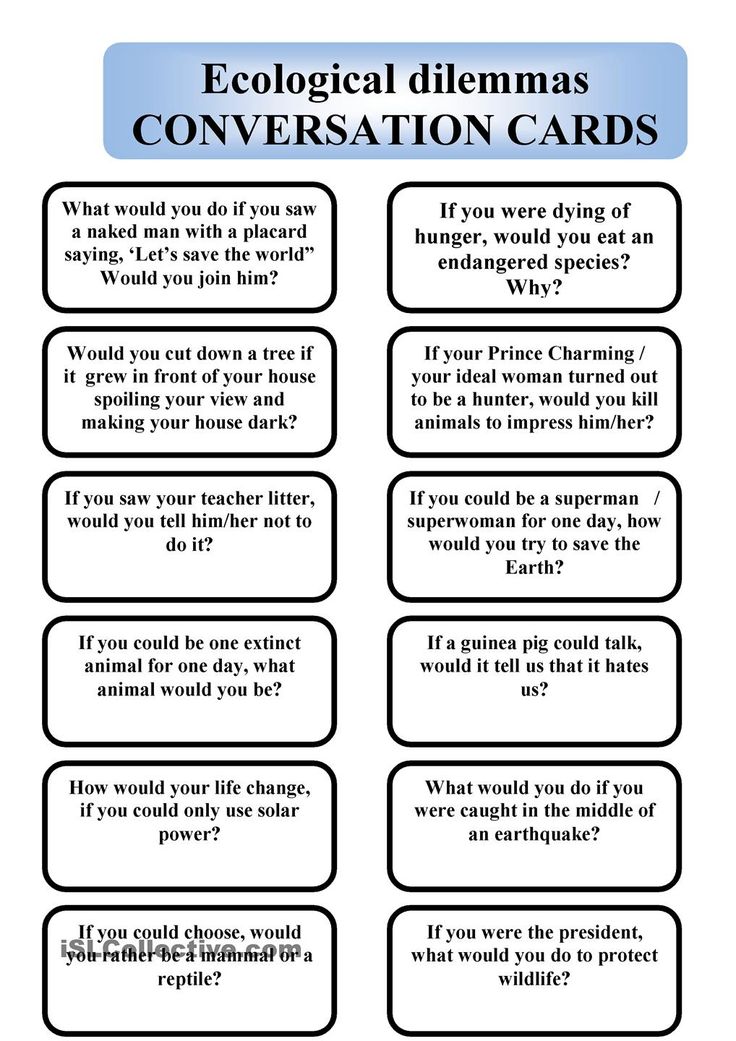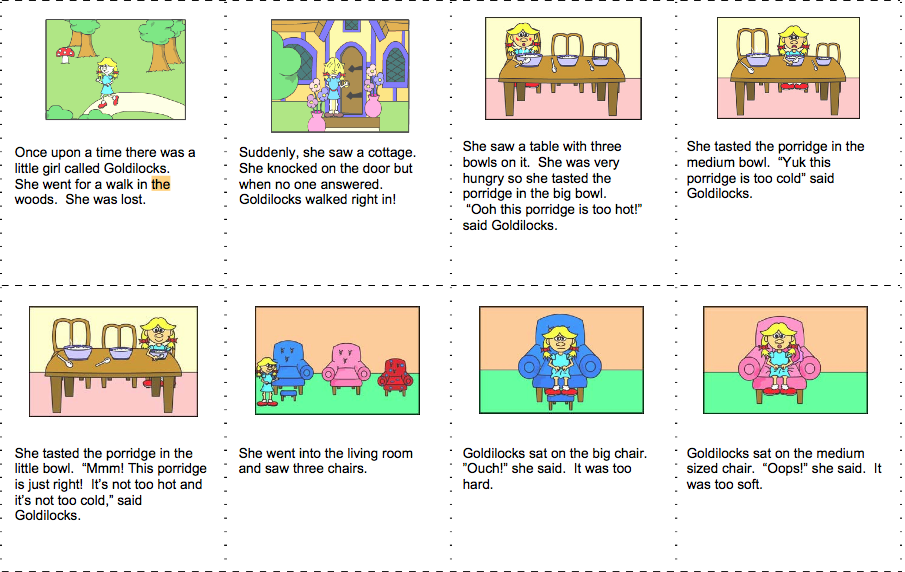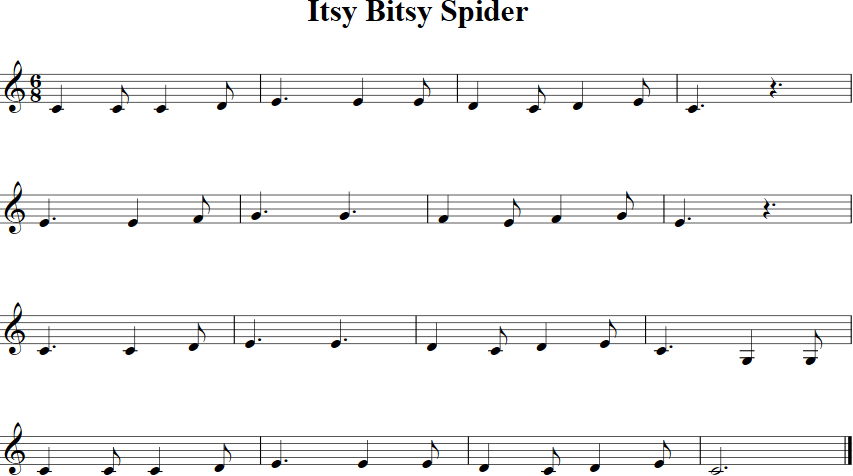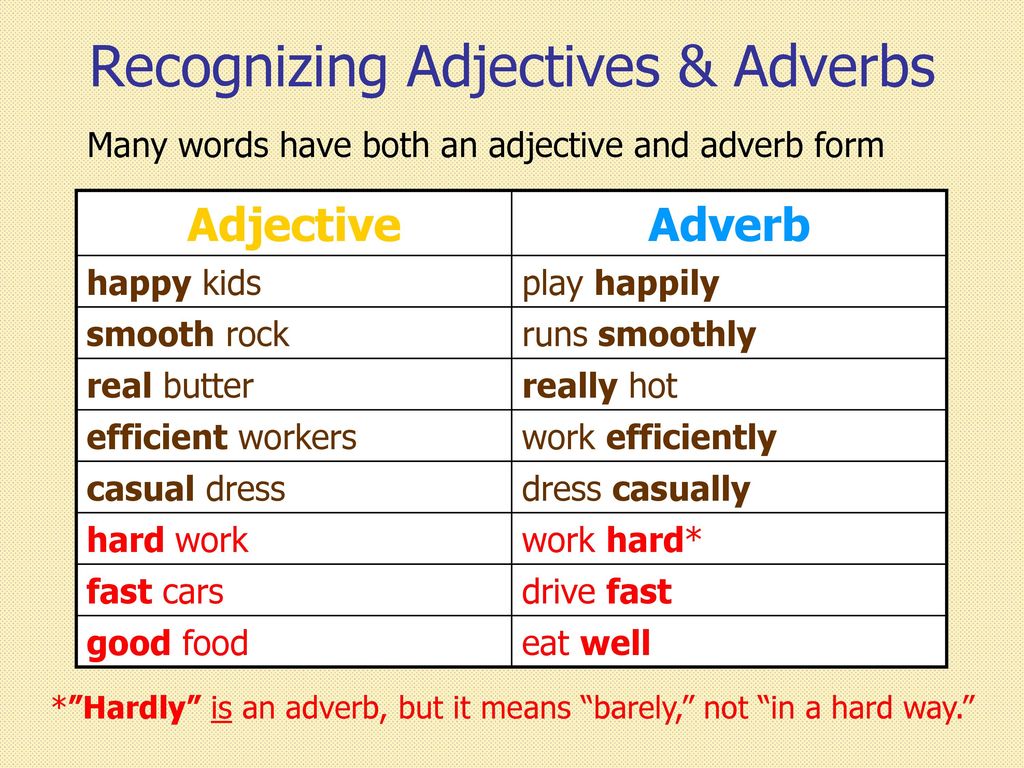Circle shape activities for toddlers
Teaching Circles to Preschoolers: 8 Fun Activities To Begin With
by Manpreet Singh
Which is the one shape that is different from all the other? The circle! This is for the simple fact that a circle has no sides, no angles, and no corners, which not only makes it interesting but also idiosyncratic. For these reasons, introducing children to shapes, especially circles, can be quite exciting yet intimidating at the same time.
Though children are eager to learn, educators need to look for methods that can help them comprehend a concept much easier. One such method can be activities, which can be included in the teaching plan to introduce circles to toddlers. When memorable events or activities are associated with what children learn, they might learn better, faster, and even retain the concept. Moreover, the power of play has been beneficial for kids in many ways.
Just like we talked about activities to teach triangles and squares to the kids, through this post, you will come across some different activities which would help educators and parents enhance the learning process of the circle shape for your preschooler.
Who doesn’t love snacks and chocolates? Little ones will be enticed to have some. This activity is all about offering them their favourite chocolates with a condition-to arrange them in a circle before they may eat them. To start with, the teacher gives a handful of toffees and a plate to each student. Before students can relish delicious treats, they are asked to arrange them in the circle. To aid them, teachers may ask to trace the plate borders.
2. Tracing Circles Using Ribbons (or Shoe Laces!)You might have to work with scissors and glue for this one, so prep accordingly. Draw a circle using a pencil over a considerably big sheet of paper. this activity can be performed in one of two ways. You can either get them to use a big piece of ribbon to stick around the outline of the circle entirely and cut at the very end (when the pieces meet). Get long strings of ribbon to perform this activity this way. Or else, cut ribbons or use multiple shoelaces for lacing around the outline of a big circle. Depending on how big the circle is, cut out multiple pieces. Paste them piece by piece using glue over the circular outline. You can either help the preschooler cut out the ribbons or watch them do it by themselves.
Get long strings of ribbon to perform this activity this way. Or else, cut ribbons or use multiple shoelaces for lacing around the outline of a big circle. Depending on how big the circle is, cut out multiple pieces. Paste them piece by piece using glue over the circular outline. You can either help the preschooler cut out the ribbons or watch them do it by themselves.
From the sun to the wheels, to a CD, there are plenty of things that are circular in shape. In this activity, educators need to guide the students to collect all things that they see are circles in shape. It could be an eraser, a cushion, or even a plate. The task would be to collect more than 5 objects. To amp it up, students can be given a timeframe in which they need to collect all 5 circle-shaped objects. For example- in 5 minutes. This would not only help them comprehend the shape, about also stimulate their mind and reflexes.
4. Print away The activity is easy, and the teacher needs to procure at least two rubber stamps, one of which can leave circle residue on the paper.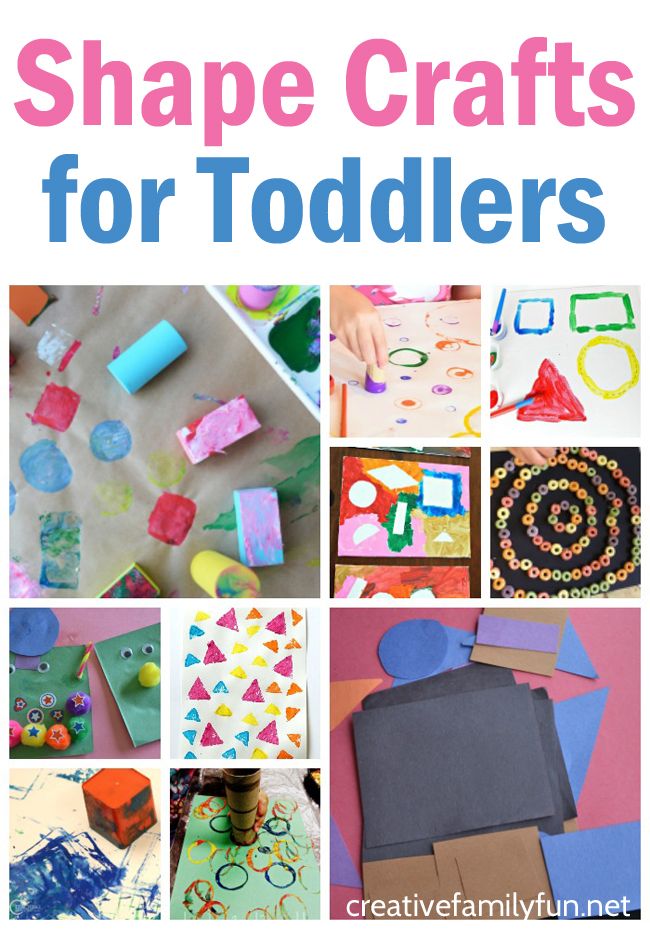 The other stamps can be of any other shape. To start with, the Instructor needs to take a random stamp and press it on a fresh sheet of paper. Now the kid needs to identify if this is a circle or not. The test can turn complicated when the number of rubber stamps increases. This makes a lot of options to recognize circles from. This activity helps toddlers to recognize circles among various other shapes effortlessly.
The other stamps can be of any other shape. To start with, the Instructor needs to take a random stamp and press it on a fresh sheet of paper. Now the kid needs to identify if this is a circle or not. The test can turn complicated when the number of rubber stamps increases. This makes a lot of options to recognize circles from. This activity helps toddlers to recognize circles among various other shapes effortlessly.
Indulging toddlers into an interesting dreamland can ameliorate their learning experience. The teacher needs three or four cardboards to initiate. To start with, the instructor makes large-shaped holes in the cardboard- big enough for students to enter into. These shapes include circles and any other alternatives like triangles and rectangles. The student is in a den and has to escape from the right door (circular door). All the doors (shapes) are placed together; the kid needs to identify a circular door and go through it to finish the activity.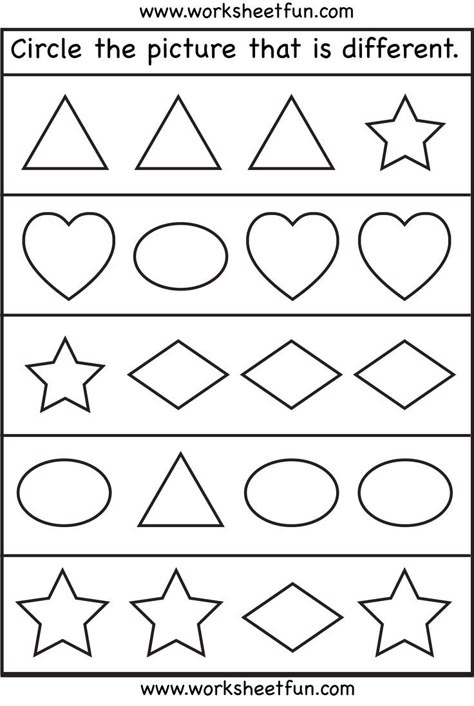 This activity can be complicated by increasing the number of levels.
This activity can be complicated by increasing the number of levels.
Drawing is one of those few skills that not only preach writing but also enhance motor skills. To start with, the teacher asks kids to draw something using just circles. For instance, draw a balloon with spheres only or they can draw fruits and vegetables which are circular in shape. By doing so, kids will think of other things around them which are circular in shape. This way they can repeatedly draw various sizes of circles inferring the shape subconsciously.
7. Circle HuntingWhile traditional teaching methods teach the students about the various shapes, their uses, and applications— It is time to take them for a spin and let them burn out some energy while they engage in an educational activity that does not feel like learning. Hide cut-out circles of different colours, each colour corresponding to a specific size all-around a room.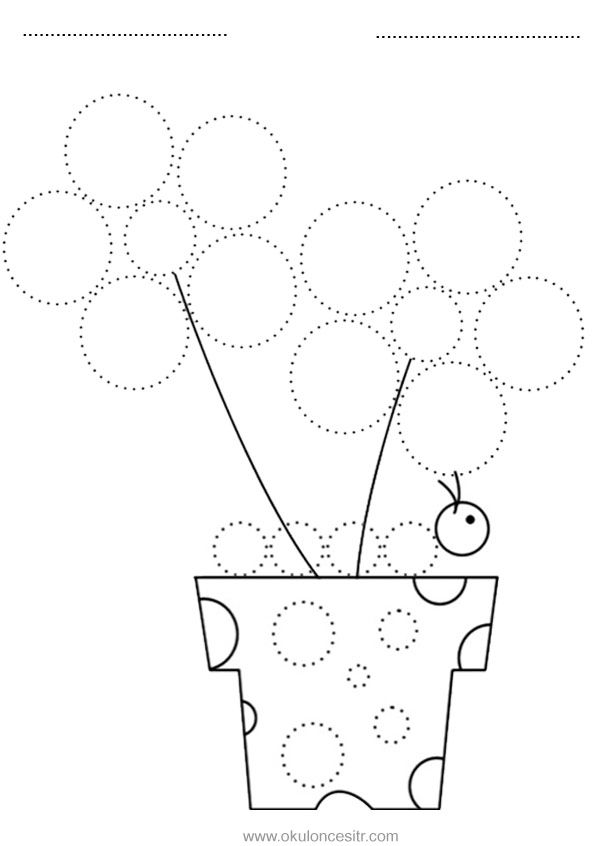 Not let your toddler go around the room to identify and find the hidden circles from the hiding spots. Make them gather it all together and line it according to color or size. This activity combines so many things over a short period. You will feed off their excitement during this activity.
Not let your toddler go around the room to identify and find the hidden circles from the hiding spots. Make them gather it all together and line it according to color or size. This activity combines so many things over a short period. You will feed off their excitement during this activity.
Kids would love this game as this one involves their favourite teddy bears! In this activity, parents and educators can ask the kids to gather small size teddy bears of different colours. The next step would be to take bangles of the exact same colour as the teddy bears – the final outcome would look like a mini Hoola hoop. The child now has to throw one of the rings in a strategic way. The way of throwing the ring would be in which it lands upright on the teddy bear of the same colour.
In this way, the kids will learn about the circle shape and become more aware of the colours as well. Moreover, making the hoola hoops would act up as a great task during the activity hours!
Preaching Circles- Making instruction interesting to Little onesKids have a growth mindset. They are curious to explore everything around them through all their senses. Comprehending the same, instructors and parents can retain some traits into their pedagogies to instruct circles finer.
They are curious to explore everything around them through all their senses. Comprehending the same, instructors and parents can retain some traits into their pedagogies to instruct circles finer.
- Converting the teaching practices into a game or activity makes them get enticed. The above picks can let them grasp circles better.
- Making the little ones recognise circles in daily routines wherever possible can help them recognise faster. For instance, if they ask for a lollipop, parents can ask what shape it is before buying.
- Offering them enough space and time to learn can make kids comfortable and retain interest
- Rewards for every correct answer or for every task completed can add to their motivation. Say, teacher can allure them to offer a cookie for every correct answer of the circle quiz.
Teaching your toddler the circle shape is not a very challenging activity as it is a very easily distinguishable shape only perhaps confused with the oval shape.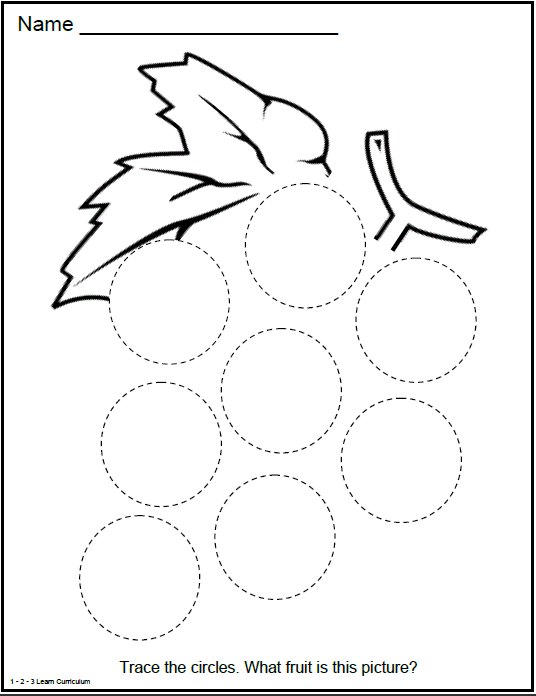 Every time your toddler does exceptionally well, praise them accordingly.
Every time your toddler does exceptionally well, praise them accordingly.
Teach them to recognize one shape from the other and incorporate different shapes into the activity once they are familiar with one or more of them to see if they have truly understood what makes a circle different from other shapes.
Silly Circles – Early Math Counts
Step 1: Gather materials.
- The book, Round is a Pancake by Joan Baranski.
- Circles (Pre-cut circles of all different colors and sizes. The smallest should be about the size of a bottle cap and the largest should be the size of a small plate.)
- Glue sticks and one 12”x18” sheet of white paper
- Markers
- Circle snack (Oreos, banana or cucumber slices, dried apple slices or any other food that comes in circle form or can be made into circles.)
Note: Small parts pose a choking hazard and are not appropriate for children age five or under.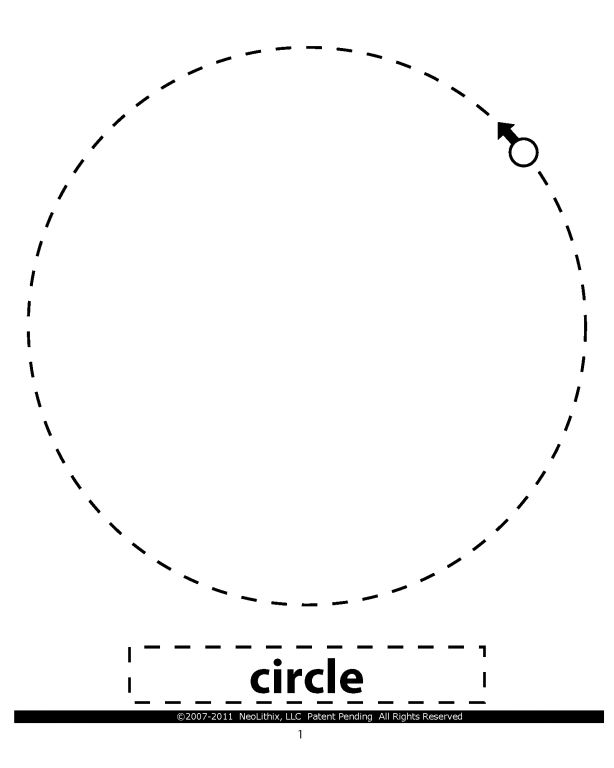 Be sure to choose lesson materials that meet safety requirements.
Be sure to choose lesson materials that meet safety requirements.
Step 2: Introduce activity.
- Explain to the children that today they are going to be talking about circles. Ask: “Who can look around the room and point out a circle? Can you describe the circle?”
- Ask the children, using their pointing fingers, to make a circle in the air. Say: “Who can describe what they are doing with their fingers?”
- Model making a circle in the air. State: “We start at a point, go around and end at the same point that we started at.”
- Introduce the book, Round is a Pancake. Explain that the children will be going on a circle hunt. Say: “Our job, while reading this book, is to not only identify all of the objects in this book that are circles, but also to point out all of the circle objects in the book.”
- Say: “Let’s start by looking at the cover.
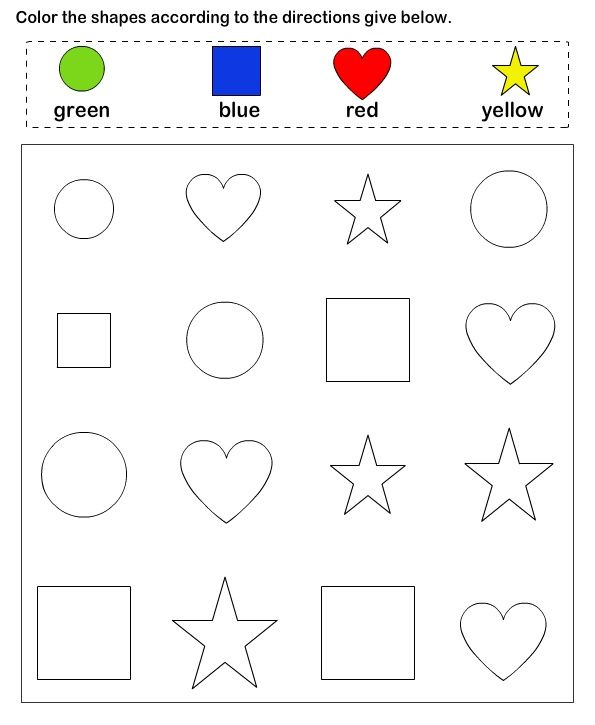 Can you point out the objects that are circles?” The children will name the balloons, the balls and the wheels on the wagons, but they might need some prompting to recognize the round shapes of the children’s faces, the polka dots on the dress and the round shape that the dog’s curled tail forms.
Can you point out the objects that are circles?” The children will name the balloons, the balls and the wheels on the wagons, but they might need some prompting to recognize the round shapes of the children’s faces, the polka dots on the dress and the round shape that the dog’s curled tail forms. - Read the book. The text is printed in half circles and curves. Say: “I am noticing that even the words are forming round shapes and curving on the page.” The book also provides opportunities to identify spheres, cylinders and circles that exhibit the concept of roundness. On the last few pages of the book, complex scenes filled with different objects encourage children to search for additional round objects.
Step 3: Engage children in lesson activities.
- Create a picture with circles. Give the children the paper, glue sticks, markers and circles and explain that they are going to create their own pictures that contain many circle objects, just like the book.
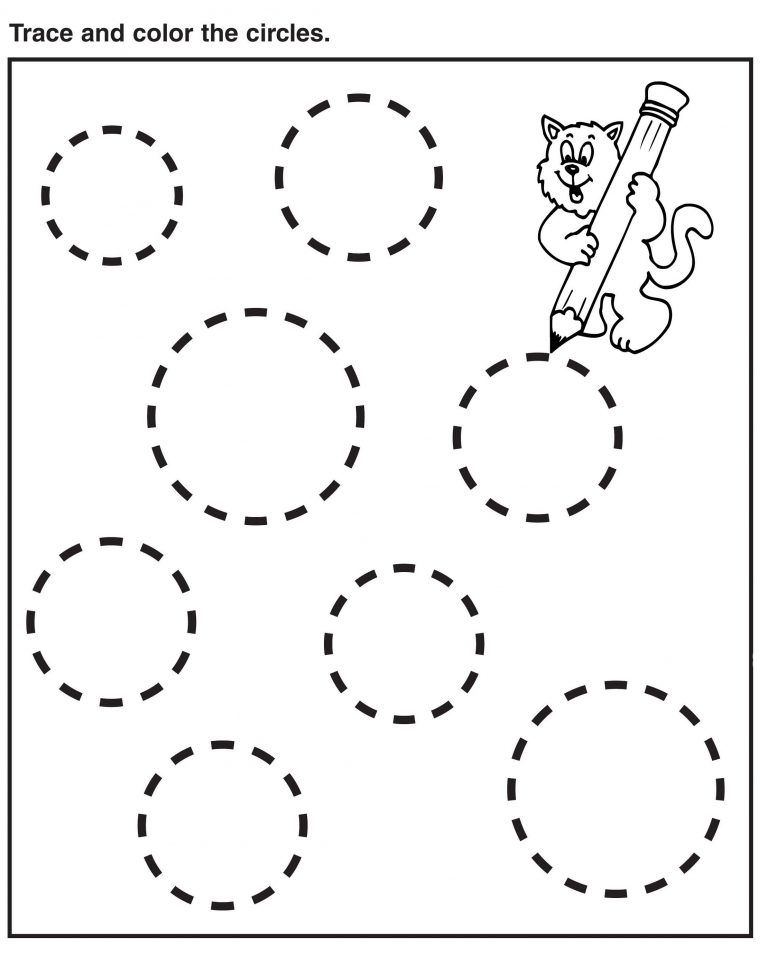 Use the book as an example when brainstorming the objects that the children could include in their pictures. Set expectations for the pictures. Say: “I am thinking that your pictures should have at least four circle objects of any color or size that you want. It can have more, but you want to have at least four.”
Use the book as an example when brainstorming the objects that the children could include in their pictures. Set expectations for the pictures. Say: “I am thinking that your pictures should have at least four circle objects of any color or size that you want. It can have more, but you want to have at least four.” - Support the children who are having a difficult time getting started or even visualizing a picture with circle objects. Encourage them to look around the room and notice all of the circled objects. Use the illustrations in the book to help them with their thought processes. Some children will be able to create a scene with various circle objects included in the scene and other children will have isolated round objects on their pages.
- Have the children share their artwork with one another and ask them to point out the circles in their friends’ pictures.
- Eat the “circle” snack. Again, point out that there are circles in the food that we eat.
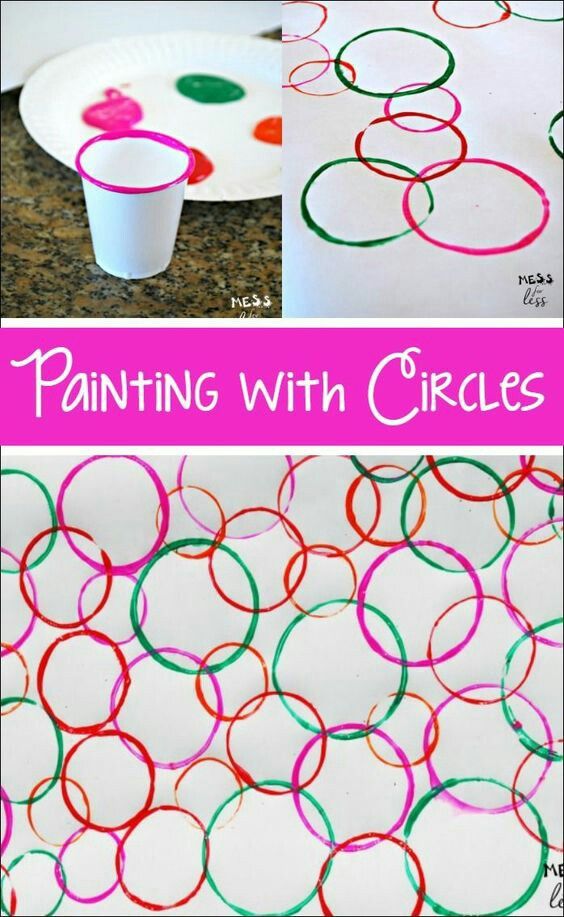 Enjoy the circle snack!
Enjoy the circle snack!
Additional Extensions
- Encourage the children to talk about the attributes of a circle: round, never-ending and made up of a closed curved line. Explain that a circle is a type of line. Say: “Imagine a line that is bent all the way around until its ends join.” Give the children pieces of yarn that they can manipulate from a line into a circle.
- Have the children go on a “circle hunt” around the classroom, identify the various circles in and around the room, write down what the objects are and where they are located and then share their findings.
Step 4: Vocabulary.
- Point: An exact position or location (e.g.,”We start at a point and go around and end at the same point that we started at.”)
- Round: Shaped like a circle (e.g.,”The words are forming round shapes and curving on the page.
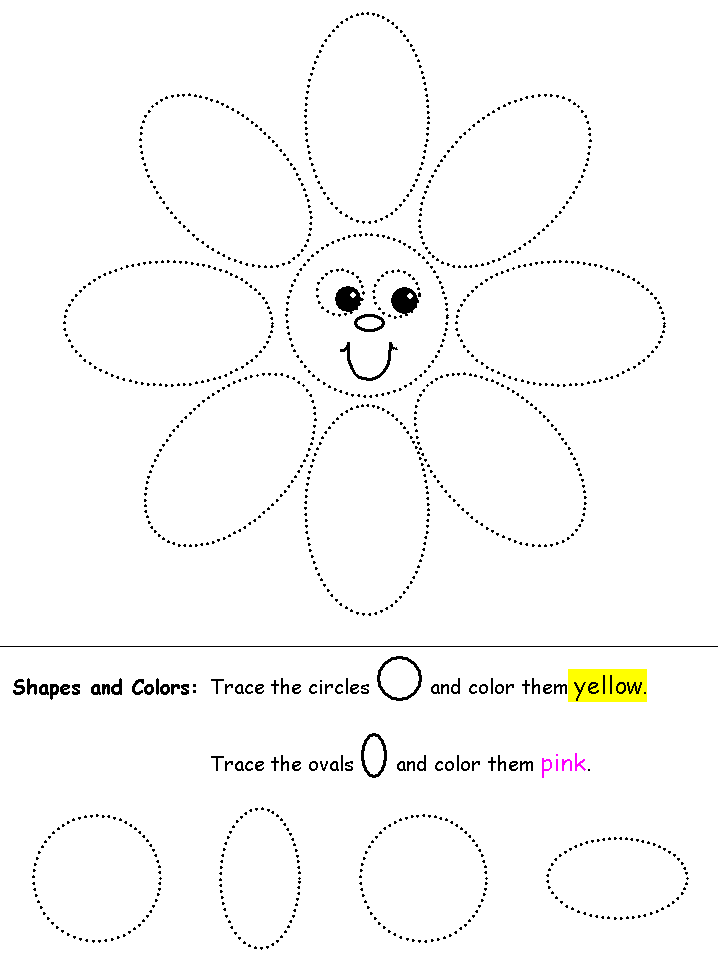 ”)
”)
Early Math Glossary
Step 5: Adapt lesson for toddlers or preschoolers.
Adapt Lesson for Toddlers
Toddlers may:
- Not be able to distinguish circles from ovals
- Think spheres are also circles
Child care providers may:
- Point out differences between ovals and circles, but not press toddlers to distinguish between the two
- Use vocabulary such as sphere to correct any incorrect use of terminology, but not focus too heavily on toddlers getting it exactly right
Adapt Lesson for Preschoolers
Preschoolers may:
- Be ready to begin identifying other circular shapes, such as cylinders, spheres, etc.
- Want to expand their vocabulary by talking about the fact that a circle is never-ending and made up of a closed-line curve
- Want to compare a circle to other basic shapes (square, triangle, etc.
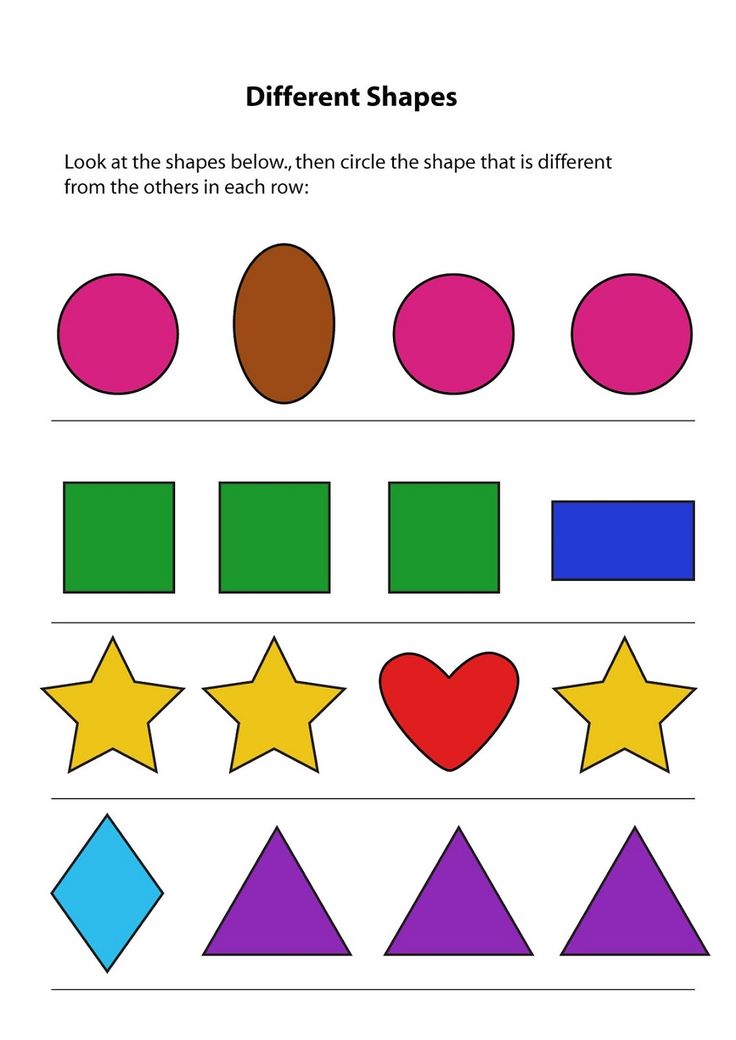 )
) - Be able to write out the word “circle” and words that describe a circle
Child care providers may:
- Use the extension activity suggested and have the children glue their yarn circles onto a sheet of paper and then write about their yarn circles
- Reinforce vocabulary by engaging the children in a dialogue that describes not only circles, but cylinders, spheres and other round/roundish shapes.
- Have the children compare circles to other basic shapes and construct a “comparison guide” that allows the children to write or draw the attributes of each shape and then compare attributes
Suggested Books
- Round Is A Pancake by Joan Baranski (New York: Dutton Juvenile, 2000)
- Round Is A Mooncake by Roseanne Thong (San Francisco: Chronicle Books, 2000)
- Circles, Cylinders and Spheres by Peter Patilla (London: Belitha Press Ltd.
 , 1999)
, 1999)
Music and Movement
- “Circles go ‘Round and ‘Round”
- “Circle” by Ron Brown
- Play the game, “Duck, Duck, Goose.” Emphasize sitting in a circle and having the children move along the outside of the circle to play this game.
Outdoor Connections
Go on a “circle hunt” outdoors. Have the children identify and draw all of the circles that they see in nature.
Web Resources
- Children click on everyday objects that match the highlighted shapes as they play the game, “Purpy’s Shapes.”
- Circle craft ideas, as well as printable coloring pages, flash cards and worksheets
Thematic kit "Circle"
Materials for classes with children on the topic "Circle", which will help the child remember this geometric figure.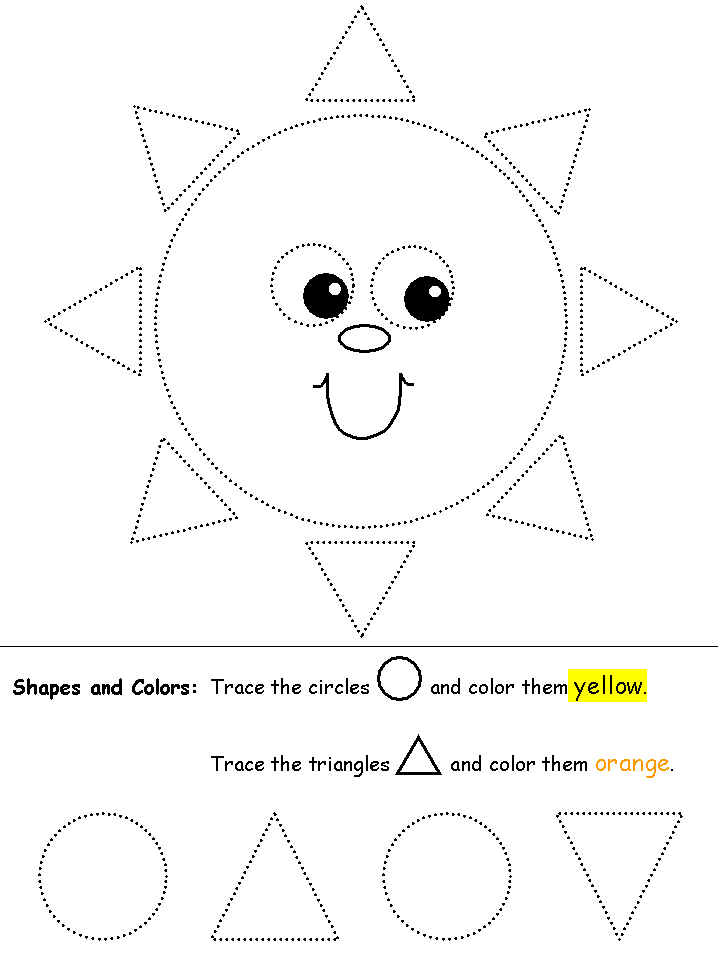
Mats for laying pebbles and guides. First, it is better for kids to circle the figure with a finger, and then with a pencil.
Find and circle all round objects. You can also look for such items in the environment.
Hide the mouse from the cat. To make it more interesting for the children, I take a toy cat, and the children have to shade the mouse so that it is not visible. We hide three mice in burrows of different sizes under the covers, repeating the concept of more or less.
First, the children trace round hollows, and then glue owls there. Owls can be cut out by both the mother/teacher and the children themselves.
Find a pair task.
Find a pair task. Sort the figures by size.
Mandalas. You can color it yourself. And you can cut it in half and look for halves.
Mats for Gyenes blocks, if there are no blocks, cut out cardboard circles can be used.
Find and draw a circle.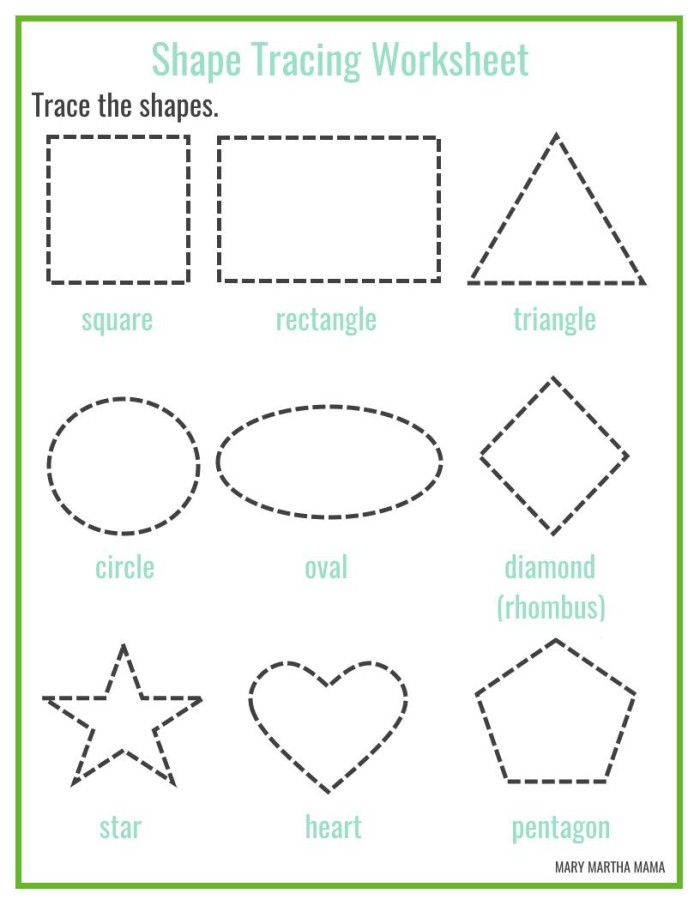 Color only the circles.
Color only the circles.
Grids for Lay Like Me and Memory Grid. In the first game, the adult lays out circles of different colors and sizes in the cells, and the child must lay them out as well. For all its apparent simplicity, it is sometimes very difficult for kids. In the second game, we do the same, only the adult covers his figures, and the child must lay them out from memory.
Creative templates:
Application or drawing "Snail house" from circles of different sizes.
Modeling "Car service" - we make plasticine wheels for cars.
It is also important not to forget that when working with kids it is very important to use their motor activity and love for play. Indeed, in movement and play, they learn knowledge better and more firmly. Therefore, in addition to printed materials, I use such games as:
"Wonderful bag" - I put figures of different shapes in an opaque bag and ask me to pull out only circles, or only small circles, without looking.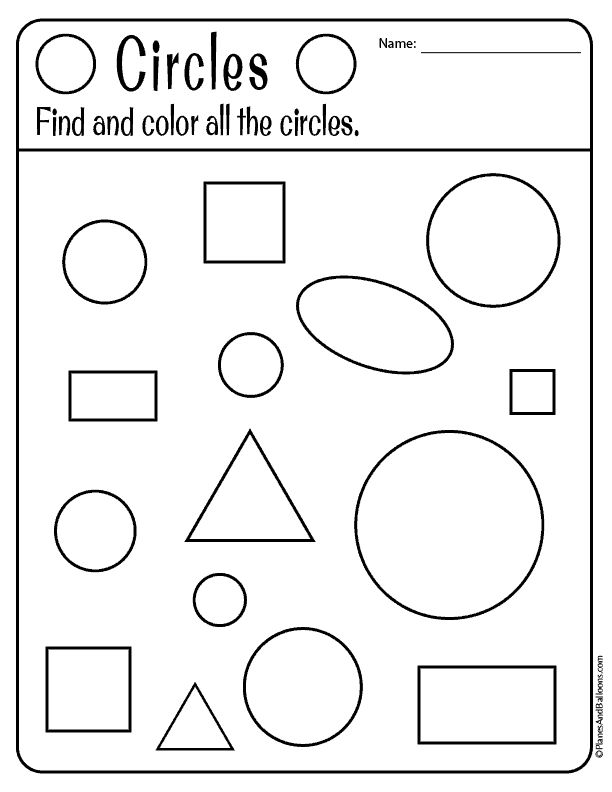
"Houses" - circles of different colors are laid out on the floor, children walk between them with a calm step. When I call out "Yellow Circle" or "Blue Circle", the children should quickly jump into it.
"Harvest" - I distribute bags or baskets of different colors to children. Children turn into hedgehogs, who must collect apple circles in the clearing of the same color as their bag.
"Path" - from circles we build paths from one animal or person to another.
"Turret" - we build turrets only from circles.
Download the thematic kit "Circle"
If you liked the material, I will be grateful for reviews and comments)
Similar posts:
Square thematic
9000Thematic set "Rectangle"
Add a comment
Circle activity | Plan-summary of a lesson in mathematics (younger group) on the topic:
Lesson in the younger group on the topic "Circle" (15 min.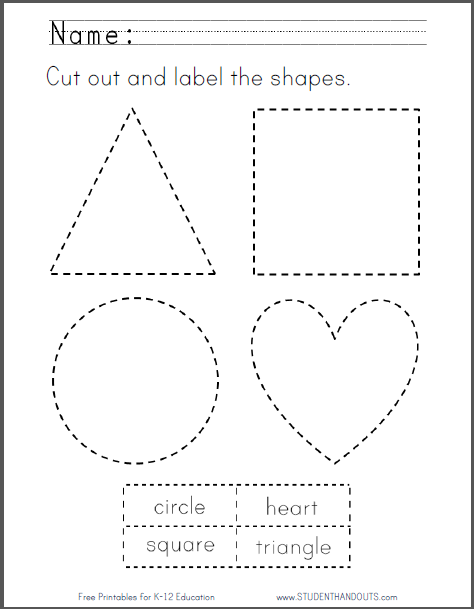 )
)
Type of lesson: lesson of discovering new knowledge.
Purpose: 1) form an idea of a circle as a general form of some objects, the ability to recognize a circle in surroundings;
2) to form the experience of overcoming difficulties independently under the guidance of a teacher (based on the reflective method) and the experience of overcoming difficulties in the way of “ask someone who knows”. Main tasks:
1. Development of mental operations, such as analysis, comparison, generalization, distribution of objects into groups, synthesis, concretization, classification, analogy.
2. Development of speech, increase in attention and memory.
Equipment:
1. Soap bubbles.
2. Circles of different sizes and colors (made of cardboard).
3. Demonstration material (pictures depicting round objects).
1. Introduction to the situation.
Educator: Children, now we will play one game. Let's join hands.
Bubble game.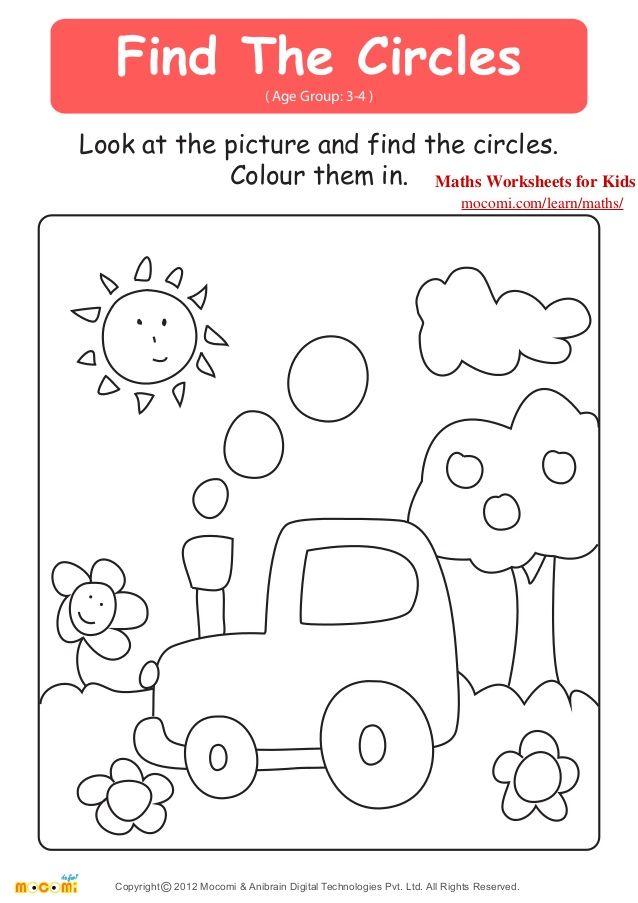
Blow up the bubble, blow up big, blow up the bubble, but don't burst. - What shape do we have? (Circle)
- Why? (Because it has no corners.)
- What circle? (Big.)
- What should be done to make the circle small? (come closer)
2. Actualization and difficulty of the situation. Educator: Guess the riddle: I have no corners and looks like a saucer, on a plate and on the lid, on the ring, on the wheel. Who am I, friends? (Circle)
Educator: , , , , , , , , , , , , , , , , , , , , , , , , , , , , (Saucer, plate, ring, wheel). If the children find it difficult, you can read the riddle again or show them these items.
Educator (shows a circle): What is this geometric figure? (Circle).
Educator: . . . . . . . . . . . . .0003
They beat him, but he does not cry,
Only higher, higher jumps. (Ball)
Educator (shows a drawn ball): What geometric figure does the ball look like? (For a circle).
3. “Discovery” by children of new knowledge or way of doing things.